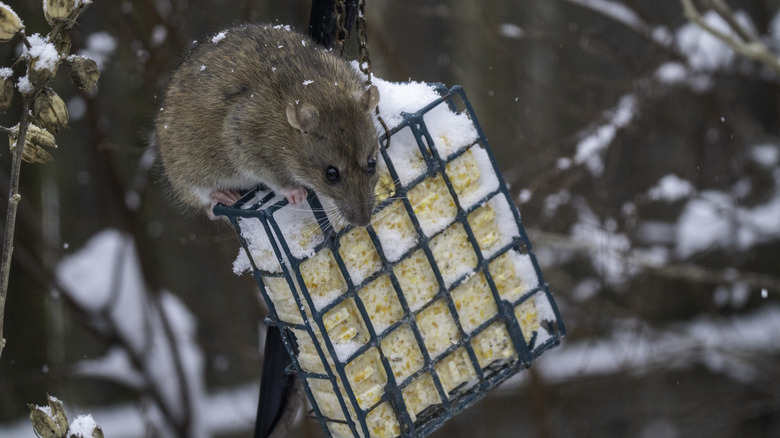Where Do Overwintering Pests Like To Hide? (& How To Get Rid Of Them)
Playing hide-and-seek with overwintering pests is a game you don't want to lose. Pesky visitors might go incognito for the winter, but they'll come back to life in the spring. Where do they hide during the colder months? The answer could be closer than you think. It's normal for creepy-crawly pests to move inside your home for the winter. Other common hideaways include wood piles, lawn debris, chimneys, sheds, tree bark, and underground. Bugs that you're likely to see include boxelder bugs, Asian lady beetles, stink bugs, and cockroaches.
Good winter hiding spots give pests shelter from the cold, frost, and snow. Because of this, your home becomes prime real estate. Food and water sources are also important for pests, such as rats and mice, that stay active during winter. Many species enter diapause, which is a hibernation-type state where they stop growing. Those pests mainly need protection from predators, cold, and temperature fluctuations that might interrupt diapause.
How do you know if you have pests hiding in the walls of your home? Overwintering pests often hide in the walls and attic, so you might not see them. If the pests in your home stay active in the winter, you might notice droppings, noises in the walls or attic, or remnants of shed skin. Rodents wintering in your space could even chew on food containers, wires, and drywall, ultimately causing damage to your home. Because of this, it's incredibly important to focus on pest prevention and removal during the chillier months of the year.
Tips for handling overwintering pests
Preventing pests from gathering on your property starts by cleaning up outdoors. Eliminate lawn debris and random piles in your yard to decrease shelter. Clear your garden of old plants. You can compost most plant material, but you should reconsider before adding diseased plants to your compost pile. Disposing of plants that are diseased or insect-infested in a trash bag instead eliminates concerns of contamination. As you finish cleaning up your outdoor space, make sure to also remove any remaining fallen fruit to avoid providing a food source.
Next, inspect your home for gaps that offer an easy entry point for pests and seal them before cooler temperatures arrive. Spots you might not think of include entrance points for pipes, vents, gaps in your siding, and spaces around doors and windows. In the kitchen, store food in durable plastic or metal bins with secure lids to avoid attracting pests and to make it more difficult for them to access. You should never store your firewood indoors, but the location you choose outdoors is also important. Move your wood pile at least 20 feet from your house to keep pests away.
Insecticides can also help control the winter pest issue. Apply a barrier spray around the outside of your home to discourage bugs from coming near. If you find bugs inside your home, use a vacuum to get rid of them. If you're dealing with a major issue, a professional pest removal company can offer interior treatments and help you remove any nests or infestations you discover.

